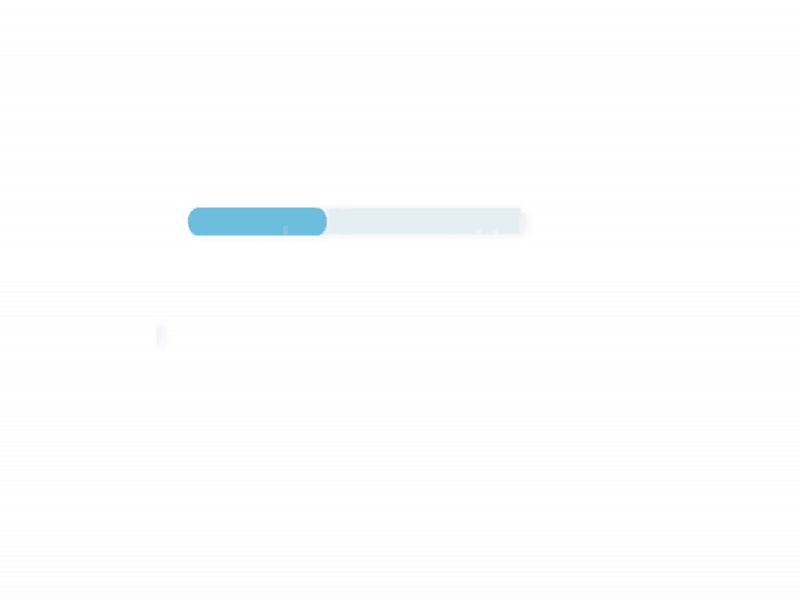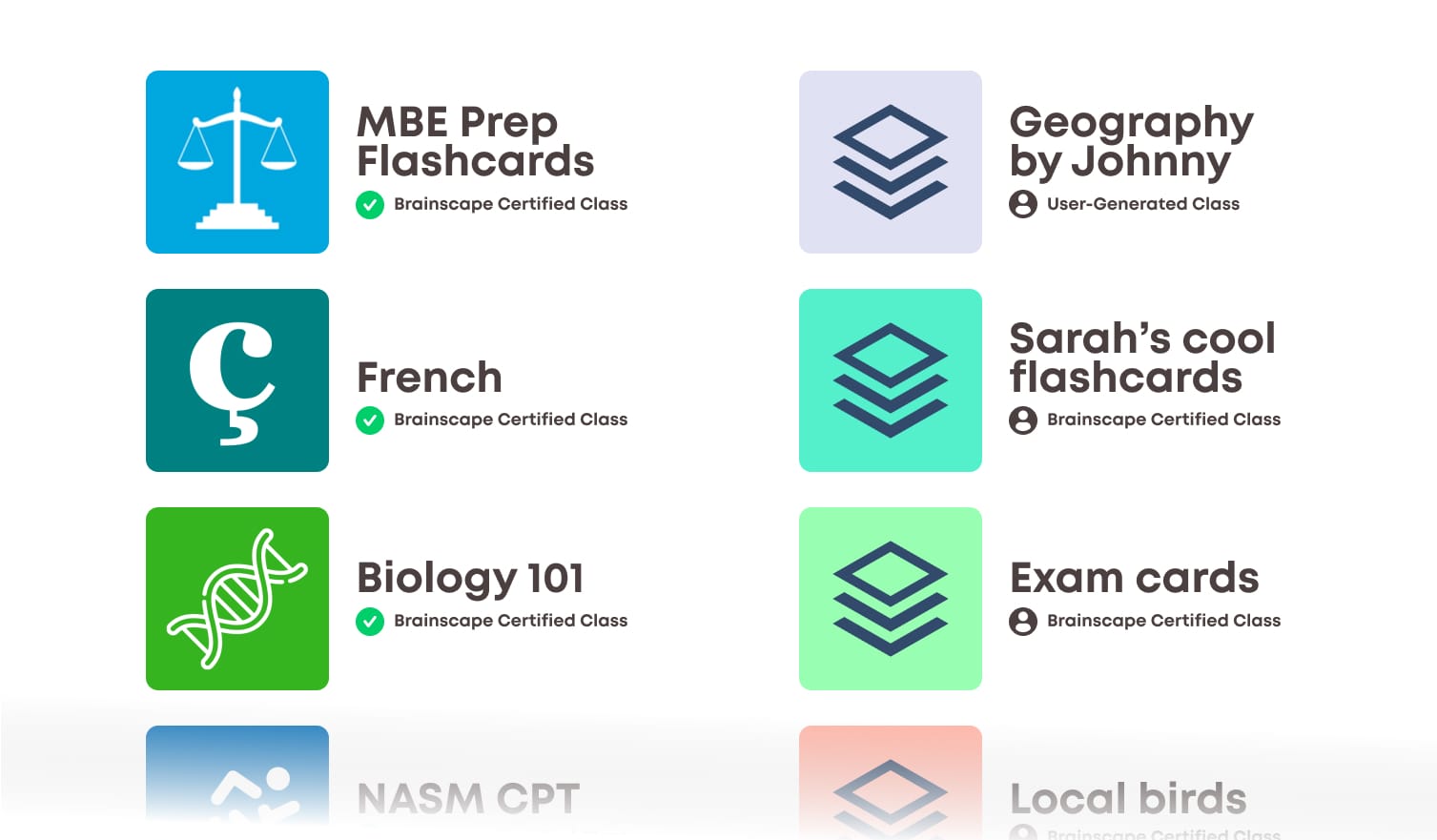Studying for a massive exam feels like trying to boil an entire lake with a single kettle. You sit there, staring at your notes, wondering where to even begin—because somehow, you’re supposed to cram a semester’s worth of knowledge into your brain before test day.
But here’s the thing: you don’t have to tackle it all at once. Like any big task, studying is easier when you break it down into smaller, manageable chunks. And one of the best tools for doing that? Flashcards.
A well-organized set of flashcards makes learning faster, more efficient, and—dare we say—almost effortless. You’ll find yourself studying everywhere: on the bus, between classes, even mid-shower (if you’re feeling ambitious). And thanks to cognitive science, flashcards aren’t just convenient—they’re one of the most effective ways to remember information for the long haul.
In this guide, we’ll show you how to study with flashcards the right way, so you can ace your exams with less stress and way less cramming.
1. Should I Use Flashcards for My Subject?
As the creators of the world's most effective flashcard app, we at Brainscape are obviously going to promote flashcards. But before we dig into our full guide on how to use flashcards, the most important thing is to humbly recognize when is the best time to use them.
Flashcards are one of the most powerful learning tools, but they’re not magic. They work best for fact-heavy subjects that require quick recall, like history, science, law, medicine, and languages. For subjects with key terms, definitions, dates, or formulas, flashcards are your best friend.
They work because they force active recall (pulling information from memory without hints), use spaced repetition (reviewing at optimal intervals), and mix up topics for stronger connections. That’s why Brainscape’s adaptive flashcards make studying more effective and less painful.
If your subject requires problem-solving, deep analysis, or hands-on practice (think advanced math, writing, or programming), flashcards alone won’t cut it. You wouldn’t learn to code with flashcards—you’d use them for syntax rules, but actual coding requires real-world practice.

Regardless of how you use flashcards, just make sure you aren't over-relying on them or studying them in too much of a vacuum. Flashcards are almost always better as a complement to a larger suite of study tactics.
2. Brainscape: Flashcards Reimagined and Supercharged
Flashcards have been around for centuries because they work. But let’s be real—flipping through stacks of paper cards is slow, tedious, and outdated.
That’s why Brainscape has reimagined the concept of flashcards. Our supercharged flashcards feature built-in adaptive learning, spaced repetition, and active recall—so you can learn faster, retain more, and waste less time.
No gimmicks, no fluff—just science-backed study tools designed to help you crush exams, master languages, and level up your career.

3. How to Find Premade Flashcards
Sure, you can search for “[subject] flashcards” online and find a mix of user-generated decks with questionable accuracy. Or you can buy pre-made paper flashcards on Amazon—if you’re into that kind of thing.
But if you want trusted, high-quality flashcards plus a smarter way to study, just search Brainscape's flashcard library. We’ve got expert-certified decks alongside popular user-generated ones, all optimized with adaptive learning so you retain more in less time.
Go ahead, type in your subject—you’re already here!
In the Brainscape website or mobile app, simply click or tap the Search icon, and type in any subject you're looking for, e.g. French, biology, the bar exam, etc. And you don’t need an account to search the public Brainscape knowledge genome.

Any Brainscape-certified flashcards that match your search appear at the top of your results page. The rest of the flashcards are created by other students and educators from around the world and sorted by popularity.
Not only can you study these flashcards, but you can also make copies of those decks, paste them into your own class, and repurpose the content from there. This way, you can compile your own unique class of flashcard decks that cover all the material in your specific curriculum.
4. How to Create Great Flashcards
Want to create flashcards that actually help you learn? Here’s how to do it right:
- Keep it organized. Don't create a mountain of cards you’ll never use. Break your material into smaller, focused decks.
- Prioritize what matters. Not every detail belongs on a flashcard. Focus on high-yield facts, key terms, and essential concepts.
- Keep it short. One concept per card. If your answer needs a paragraph, split it into multiple cards.
- Make it memorable. Use images, mnemonics, or humor—your brain loves quirky, unexpected connections.
- Mix up formats. Definitions, questions, fill-in-the-blanks—variety keeps your brain engaged.
- Use digital flashcards. Brainscape helps you stay organized, track your progress, and use spaced repetition to lock in knowledge.
- Use AI tools. Brainscape's inbuilt AI toolkit converts your study notes into flashcards, organized and ready for study within minutes!
And if you really want to supercharge your learning? Share your flashcards! Teaching others is one of the best ways to master material.
5. How to Study with Flashcards
Flashcards are powerful—if you use them right. Here’s how to get the most out of them:
- Break it down. Don’t drown in a giant stack. Organize cards into small, manageable decks.
- Use spaced repetition. Study harder cards more often, and let the easy ones rest. Brainscape automates this for you.
- Mix it up. Shuffle decks and practice across topics so your brain doesn’t get lazy.
- Track your progress. Move paper flashcards into “easy” and “hard” piles, or let Brainscape calculate your mastery level.
- Go beyond flashcards. Once you’re close to mastery, challenge yourself with free recall—explain concepts out loud, like you're teaching them to a 5-year-old (a.k.a. the Feynman technique).
Want to make studying effortless? Brainscape’s adaptive flashcards handle all this for you. Just tap, learn, and let your brain do the work.
6. Becoming a Flashcard Master
Here's a recap of the whole process of studying with flashcards from start to finish:
- Confirm that flashcards are the best tool for your study goal.
- Search for your subject on the Brainscape knowledge genome. If it's not there (in its entirety), you can pick and choose from multiple other users' classes, or make your own flashcards (or use our AI tool to do it for you).
- Study as often as you can, in small chunks. The Brainscape mobile app is particularly helpful for incorporating short study sessions throughout your busy day.
- Track your progress and pace yourself using Brainscape's "remaining study time left" estimate and percentage mastery gauge.
- When you approach 100% mastery in Brainscape, try to use free recall by explaining everything you remember about the topic to an imaginary friend or student. This will really consolidate that information in your memory.
Millions of the world's top students have already followed these tips to earn better grades and higher scores on their exams and professional certifications.
Now YOU know how to be one of them, too … filling the lake one kettle at a time.
Sources
Amabile, T., & Kramer, S. (2011). The progress principle: Using small wins to ignite joy, engagement, and creativity at work. Harvard Business Press.
Ericsson, K. A., Krampe, R. T., & Tesch-Römer, C. (1993). The role of deliberate practice in the acquisition of expert performance. Psychological Review, 100(3), 363-406.
Hogan, K. E., & Pressley, M. E. (1997). Scaffolding student learning: Instructional approaches and issues. Brookline Books.
